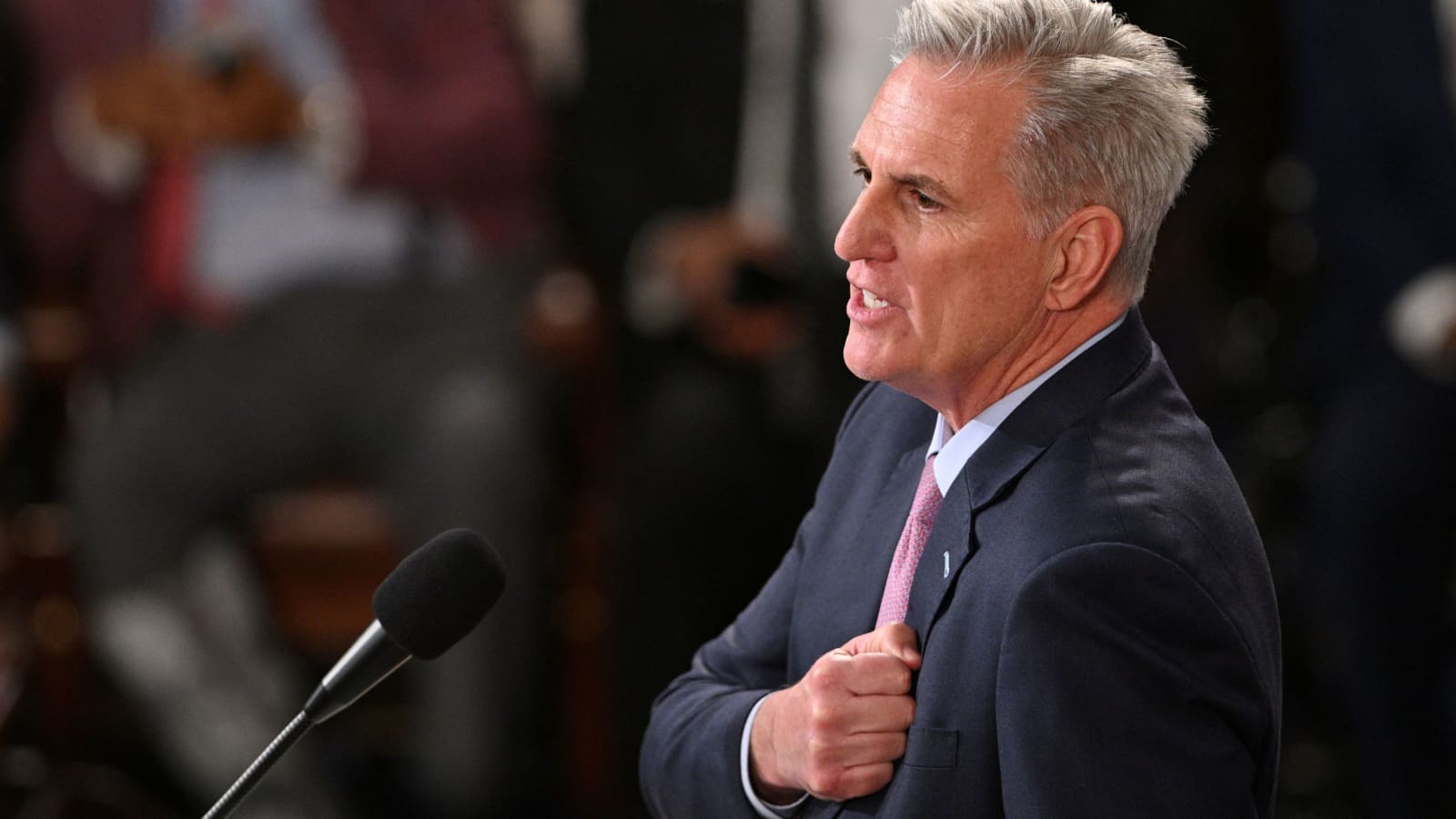Congress Passes Stopgap Measure To Avert Government Shutdown
In recent news, after weeks of intense debates and political wrangling in Congress, a significant development emerged on Saturday. Lawmakers managed to avert a looming government shutdown, which could have had widespread repercussions affecting millions of people.
Oct 01, 202350 Shares50323 Views
In recent news, after weeks of intense debates and political wrangling in Congress, a significant development emerged on Saturday. Lawmakers managed to avert a looming government shutdown, which could have had widespread repercussions affecting millions of people. This unexpected turn of events came as a surprise, given the prior deadlock in Congress, and it was initiated when House Speaker Kevin McCarthy, a Republican from California, announced his intention to introduce a temporary funding measure known as a continuing resolution.
The bill, which ultimately passed with bipartisan support by a vote of 335-91 in the House and 88-9 in the Senate, effectively maintains government funding at its current levels. President Joe Biden signed the legislation into law just before midnight, preventing the immediate threat of a government shutdown.
The path to this resolution was far from straightforward. Initially, it appeared that a government shutdown was imminent, with House Republicans deeply divided. Some conservative hardliners within the GOP insisted on a funding deal that included substantial spending cuts and other ultra-conservative demands, causing frustration within the broader House GOP conference. McCarthy initially hesitated to put forth legislation that didn't incorporate at least some spending cuts, but as the pressure of a shutdown loomed closer, he opted for a spending measure that maintained current funding levels. While this move drew criticism from the right wing of the party, it received support from all House Democrats, with only one exception, Rep. Mike Quigley of Illinois.
The passage of this stopgap measure provides lawmakers with an additional 48 days to negotiate and pass a more comprehensive spending deal that would fund the government for the coming year. McCarthy emphasized at a press conference following the House's approval that the spending battle was far from over.
Notably, the hard-right Republicans who had called for substantial spending cuts unsurprisingly voted against the measure. As they left the House floor, they expressed their frustration with McCarthy's decision to maintain current funding levels.
On the other side of the aisle, House Democrats, who had advocated for a temporary measure keeping funding at its existing levels, celebrated the bill's passage. House Minority Leader Hakeem Jeffries of New York proclaimed victory and suggested that extreme right-wing policies had been removed from the spending bill.
In the Senate, the continuing resolution briefly faced a hurdle when Sen. Michael Bennet of Colorado held up the measure due to its lack of additional U.S. aid to Ukraine. However, Senate leaders ultimately resolved the issue by releasing a statement committing to the upper chamber's support for Ukraine aid.
Senate Majority Leader Chuck Schumer welcomed the resolution's passage, highlighting that it spared the American people from a government shutdown that could have had dire consequences, including the disruption of child care services, financial hardship for federal workers, closures of national parks, and delays in student loans.
Sen. Mitch McConnell, a Republican from Kentucky, had previously cautioned that a government shutdown could have negative political ramifications for the GOP. He underscored his opposition to government shutdowns, citing their historical ineffectiveness in achieving policy changes and their negative impact on Republican politics.
It's worth noting that the last government shutdown, which occurred from December 22, 2018, to January 25, 2019, was the longest in U.S. history, lasting 35 days. This marked the third federal shutdown during the administration of former President Donald Trump, with the first lasting three days in January 2018 and the second lasting only a few hours in February 2018.
Latest Articles
Popular Articles